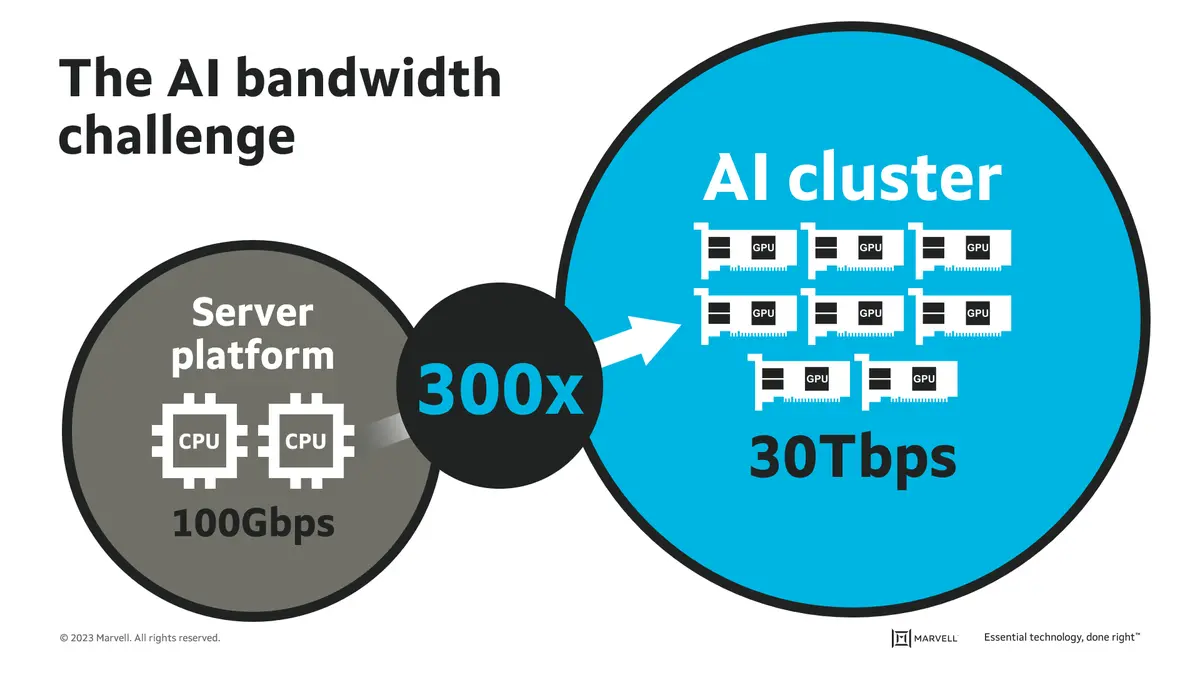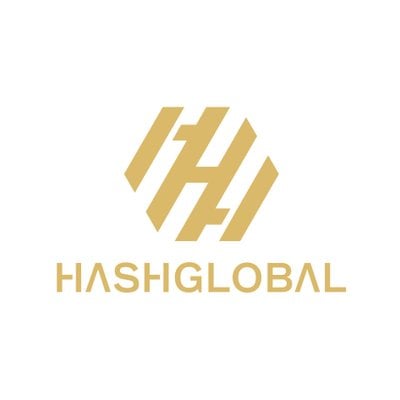In-depth Analysis of Meson Network: An Efficient Decentralized Bandwidth Market for Web3
Author: Rocky
AI + DEPIN is the hottest track this cycle, without a doubt! In the past, we often talked about AI solutions on the computing power side, such as # IO, # AKT, etc. and AI model side # TAO, but we rarely discussed the underlying infrastructure of AI. AI model training relies on a vast amount of user IP for data feeding and network bandwidth support. The leading player in this niche, @ NetworkMeson, has been quietly working for three years and is now rising! Today, we will provide a detailed introduction!

Meson Network is an efficient decentralized bandwidth market on Web3, aggregating idle bandwidth resources through mining to meet the fast access needs of institutional and individual users for information flow (images, videos, data). Use cases include decentralized storage, AI, public chain nodes, etc.
We can understand Meson Network as a bandwidth resource pool, with supply and demand on either side. The former contributes bandwidth, while the latter uses it.

1. Three Major Products
GatewayX integrates global commercial idle IP and bandwidth, such as resources from IDC data centers, which have surplus and usage troughs. Users can contribute their idle resources, with the most typical use case being CDN services: caching required files close to target users in IDC, utilizing that bandwidth for transmission when users access.
Dedicated Gateway: Provides dedicated gateway connections, supporting various Web3 domain name service resolution acceleration services.

GaGaNode mainly integrates idle bandwidth from home and personal devices, providing edge computing assistance. Home routers, computers, mobile phones, and even small devices like Raspberry Pi can serve as edge nodes in the network, optimizing application response speed to meet various needs such as real-time business processing, smart application development, and security and privacy protection.
Mining node tutorial, supporting all platforms:
https://docs.gaganode.com/running/

IP Cola is Meson's monetization channel, handling tasks such as IP and bandwidth allocation. It opens up through APIs and other forms, providing support for social media, e-commerce, finance, SEO, and other fields.
Currently, the project has achieved positive cash flow, with overall revenue exceeding one million dollars in the past six months and continuing to grow rapidly.
By the way, Google's similar business has a market value of $1.7 trillion, and Meson has immense potential for the future.

2. Data Performance
Currently, Meson has a total of over 216,000 global nodes, including over 170,000 Gaganode nodes contributing idle bandwidth and over 46,000 GatewayX commercial nodes, covering 150 regions worldwide, effectively supporting bandwidth demands for data access in different areas.
Observation website:
https://explorer.meson.network:1984/d/mzO2Tpg4k/home?orgId=2

3. Application Scenarios
1. AI Field
Since the birth of ChatGPT, the top 50 AI products globally have generated over 28 billion visits, with an average monthly growth of 236.3 million visits. Such enormous demand relies on substantial computing power and model training, as well as a large user base (IP) to help feed data and provide bandwidth resources.

Due to the variety and complexity of AI models, model training usually employs various parallel computing strategies, such as data parallelism, pipeline parallelism, and tensor parallelism. In parallel computing modes, the importance of collective communication operations among multiple computing devices is increasingly prominent, making network bandwidth crucial when building large-scale training clusters for AI models.
Additionally, AI training requires crawling vast amounts of data, necessitating the use of multiple IPs to bypass data access permissions, which is key for data feeding.

Recently, the Web3 AI algorithm trading company Tide Groups invested in Meson Network at a valuation of $1 billion, stating that Meson Network's strategy of building the largest network aligns with the core of big data and AI, consistent with Tide's goals.
One can imagine Meson's position in the AI infrastructure field!

2. Decentralized Storage
The current cloud storage market has a market size of hundreds of billions of dollars. However, the decentralized storage market accounts for less than 10%, indicating a vast market space. The growth of Meson's CDN acceleration business will be immeasurable. Meson is currently the largest gateway for #FIL and #AR.
CDN efficiently delivers data such as music, images, and applications to users by utilizing the nearest server to each user.
3. Public Chain Services
For L1, synchronizing ledgers quickly across different global nodes is a tricky problem.
For L2, packaging transaction data for L1 and verifying data faster while caching it is also a challenging issue.
In all of this, #Meson provides the best solution. Recent cooperation with the BSC chain has significantly increased network synchronization speed, playing an invisible angel role in the operation and security of public chains.

Current partners:
- Decentralized storage solutions: Integrating FIL and AR as the underlying technology support for storage;
- Public chains: Collaborating with public chains like ARB to provide more efficient RPC services;
- Application layer: Partnering with application layer projects like social game Ultiverse, RSS3, Cyber, etc., to provide data content transmission and distribution services;
- Web2 enterprises: Collaborating with cloud service providers like Amazon AWS to deploy Meson nodes;

4. Core Narrative
DEPIN is the hottest field this year, encompassing two aspects:
- Physical resource networks, including wireless networks, 5G networks, IoT networks, imaging and mapping networks, and mobile networks;
- Digital resource networks, including bandwidth networks, storage, and computing networks.
Whether aggregating idle bandwidth resources from around the world or using token economics to incentivize users to join the network, Meson perfectly fits the DePIN concept.

AI: The growth of AI agents and gaming projects will further drive the industry's demand for computing, but these projects face computational bottlenecks and lack of collaboration. Focusing on edge computing, Meson can effectively address this issue, such as providing sufficient bandwidth support for AI model training or offering public data to participate in open-source AI model training.

Modular/Middleware: With the explosion of data generated from applications and user interactions, having a massive amount of data pages storing table data in database systems necessitates the use of appropriate indexing for easy data location. The speed of data reading queries and retrieval significantly impacts user experience and is crucial for application smoothness. Meson provides data caching services for projects and offers high-speed downloads.

5. Team
The Meson team mainly consists of developers, engineers, and BD personnel.
Founder Sherlock Shi has extensive experience in blockchain and CDN. After graduating in 2018, he entered the blockchain industry, initially focusing on NFT projects like CryptoKitties. Before Meson, he had project financing experience and concentrated on decentralized storage and CDN acceleration tracks after Meson was established.

6. Financing Situation
According to official information, Meson has completed five rounds of financing:
- February 2021: Seed round, with investors including Mask Network, Youbi Capital, etc.;
- June 2021: Series A, co-led by Libertus, Mask Network, and Hash Global, raising $3.5M;
- December 2021: Mask Network and Hash Global participated in an investment of $5M;
- In 2024, two rounds of strategic financing were completed, with a final valuation reaching $1 billion.

7. Token Model
Meson Token: $ MSN, with an initial total supply of 100 million, the mining inflation rate in the first year is 5%, decreasing by 0.5% each year.
- Private: 26,000,000 (26%)
- Public: 5,000,000 (5%)
- Ecosystem: 27,000,000 (27%)
- Foundation: 20,000,000 (20%)
- Technical Team: 15,000,000 (15%)
- Partners: 6,000,000 (6%)
- Testnet: 1,000,000 (1%)

Token value capture:
- Miner rewards
- Miner staking to enhance mining efficiency
- User payments
- Protocol governance
In summary, the core demand for the token will come from miners and B-end users, including but not limited to public chains, NFT project parties, other blockchain projects, and C-end users.

Conclusion
As a key infrastructure in the Web3 market, Meson has achieved rapid growth by leveraging the AI tailwind. At the same time, its business logic is well-rounded. Compared to similar products, Meson is not limited to a specific blockchain ecosystem and aims to expand to a broader user base. Currently, the three major products are clear, with revenue at the million-dollar level, and it aligns with three core narratives: AI + DEPIN + Modular/Middleware. The future potential is immeasurable!
















